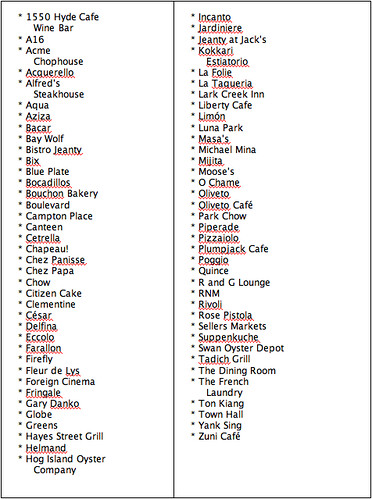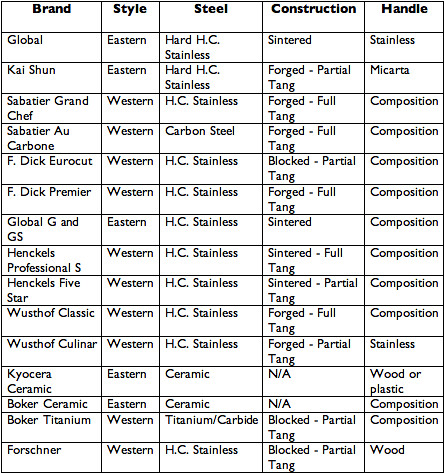The roasted chicken has always been a family’s trusted comfort meal. At least in my family it was. Yet how comfortable and trusty is it when the majority of the time these birds come out of the oven overcooked, dry, pale or charred, un-seasoned or has the potential to brine our internal organs, and on some occasions rare. For an un-seasoned cook, one may think the only way to know whether or not the chicken is cooked completely is to cut into the meat to peak or take the bird’s temperature with a thermometer. I don’t know about you, but I never saw my mother using a thermometer to check doneness. I’m not convinced she would have know what she was looking for even if she did check. Typically speaking though, not many of the everyday folk have a reliable, accurate meat thermometer. This is one kitchen tool I highly suggest having around. I prefer to use the battery-run meat thermometers because they’re more dependable. You can easily and affordably grab one from a kitchen supply store. I got mine from Cliff’s Variety store on Castro. The prior option, cutting in to the flesh to peak for doneness seizes the cooking all together, leading to a very wet mess as all the internal juices spill onto the cutting board.
One of the most popular meals to prepare in my cooking classes is the chicken. People are always discussing their anxieties about not being able to do it right. I explain that a lot of it does has to do with your oven and how well it’s calibrated, but no matter how wonky your oven may be, you can still pull of the perfect chicken.
Trusting we all have reliable thermometers, let us first discuss the importance of what kind of chicken to buy before we embark on this wonderful journey of poultry. I can’t stress freshness enough. Almost as much as I can’t stress knowing how your chicken was raised. Grade A roasters are best for well, roasting. The meat can only be as good as it was treated, so go free-range and organic. Happy chickens taste better! And depending on how many people you’re feeding, stick with the smallest bird you can find, of course taking into consideration leftovers. If I’m cooking for myself and one other person, I aim for purchasing a bird around 4 pounds. Try Drewes Bro.s Meat on Church and 30th for these small birds. The reason for buying smaller rather than large is because these little guys pack in a punch of flavor and are easier to manage.
*Note: The chicken must be prepped and salted 24 hours before you want to roast it. Make sure to plan ahead accordingly!
So now we know what kind of bird to get, we’re already ahead of the game. The next step is to properly prep the bird. We’re going to rinse it, dry it, and season it. So before your hands becoming contaminated with the raw bird, get everything ready and in front of you. This includes measuring the salt. Judy Rodgers of Zuni Café has come up with the perfect ratio for salt to pound of bird: ¾ teaspoon of sea salt to every one pound of chicken (kosher salt will be slightly less than ¾ teaspoon). For example, a 4-pound chicken will need 3 teaspoons of salt. Measure out exactly how much salt you will need and put it into a little bowl. Herbs and garlic are other fantastic accompaniments for this rustic meal. My favorite herb to use is fresh thyme along with 6 smashed garlic cloves (other wonderful herbs are mint, basil, parsley, marjoram). So have these things ready on a clean work surface, along with some paper towels, so you’re not fishing through the fridge with chicken hands.
Now you’re ready to work. Always take your new clucker out of the bag when you get it. No need in marinating it in it’s own purged juices (gross). Pull out the offal if included and set it aside for one of your other scrumptious recipes. Rinse the chicken under cold water to rid of the stagnant liquid, and then blot her dry with your paper towels. Really try to get rid of all the excess liquid after rinsing so the salting step can be successful. Lay your bird down on your clean surface. If you’re right handed, dry this hand off to designate it for your salting hand. Start applying the salt at least 12” above the bird to get a more even disbursement. Rotate the chicken with your left hand while salting with your right, turning it over, making sure to get the salt everywhere, including in the creases of the thighs and under the arms. Throw some in the cavity, as well. Once all the salt is spread, use your finger to create a well between the bird’s skin and muscle on each side of the upper breast. Put one clove of smashed garlic in each well along with some leaves of thyme, or your herb of choice. Do this also to the bottom of each breast and the butt of the bird.
Your chicken is now ready to be left alone for 24 wonderful satiated hours! Store your creation on a plate with a dry towel over it. This keeps it protected, with out locking in moisture, causing the skin to dry a little so your end result will be a crispier skin, just what we’re shooting for.
24 hours later at the ranch…
Keep in mind the total coking time will be around 45 minutes. Pre-heat your oven to 475°F with the convection on if you have it. Grab an oven-safe sauté pan large enough to hold your bird and place it over a burner on medium-high heat. Yes, we’re cooking in the pan. Getting the pan hot first will keep the chicken from sticking and tearing its wonderful skin we so carefully prepared once we flip it. Add a little oil to the pan, swirling it around to make sure the entire bottom is lightly and evenly oiled. Test the heat with a little flick of water to see if it sizzles. Once it’s hot enough, add the chicken faced breast side up. Now into the oven the whole thing goes. If you’re not sure if your oven is calibrated, check in 5 minutes to hear for what is going on. It should be gleefully sizzling, a sure sign it’s hot enough. If it seems dead in there, turn your oven up in 25° intervals until you can hear it cooking. On the other hand, if it seems to be going crazy and smoking, turn the oven down in 25°intervals. Let it cook for 25 minutes on this side while keeping an eye on the skin making sure it’s browning nicely. After the first 25 minutes, carefully, with a dry towel or mittens, pull the pan out of the oven, placing it on the stove to stabilize it while you turn the chicken over. I grab the cavity of the chicken with tongs and roll my wrist to turn it, being careful not to splash any rendered chicken fat. If you have convection on, turn it off at this point. And… back into the oven. This is giving the chicken time to crisp the back while putting a nice sear on the breast. We only want to keep it on this side for 5-10 minutes so not to overcook the breast. After 5-10 minutes, depending on how hot you think your oven is cooking, one more turn of the chicken, again taking caution for the extremely hot pan and chicken fat.
At this point, it’s a good idea to check the temperature of the bird to get an idea how close or far it is from being done. In my opinion, the perfect and most succulent chicken will be found at a final temperature of 160°F. This is taking into consideration the carry over temperature, which will range from 5-7°. The smaller the chicken, the more it will raise in internal temperature after it has been removed from the heat source. The larger the chicken, the less it will rise. So if my 4-pound bird is reading 154°F, I will place the chicken on a plate or my cutting board and let it rest for 10-12 minutes, allowing it to finalize around 160°F. If it were a 5-6 pound bird, I would leave it in the oven until 156°F. During this process, make sure your oven door is closed to all the heat isn’t escaping.
Based on this information, take a reading of your chicken’s temperature by inserting the meat thermometer into the breast. You can now estimate how much longer it has let to cook. For example, if it’s at 145°F then you will have at least another 7-10 minutes, or if it’s closer to 150°F, you will have another 3 minutes or so. (Again, all these times can vary based on how hot your oven runs.) After taking the reading, place the chicken back in the oven, breast side up to re-crisp the skin, for probably another 5 minutes, depending on your chicken’s temperature.
Once you have reached your temperature goal, taking into consideration your carry-over time, use the tongs to remove the chicken from the pan and place it on a cutting board to rest. It’s very important to allow your chicken to rest for at least 10 minutes. This is the crucial time it takes for the internal temperature to peak, or finish cooking. If you have waited 10 minutes and cut into the meat to find juices flying out, stop cutting and wait another 2 minutes or so. These are the wonderful juices that we worked so hard to create with our 24-hour advance salting!
And Voila! Your chicken is done! If you don’t eat it all in one night you can look forward to amazing chicken sandwiches and salads! (Try your sandwich with garlic aioli!)










